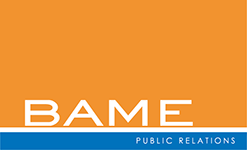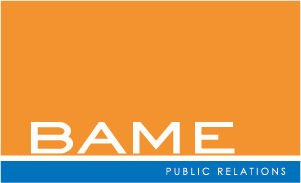Is PR Ready for AI?
There’s no question that artificial intelligence (AI) is a “New Big Thing,” one of the innovations that is already changing the business world and will change it more and more as the decade goes on.
A basic definition of artificial intelligence is “the simulation of human intelligence processes by machines, especially computer systems.” That is a broad definition. According to that definition, the GPS system in your phone, since it accepts information from you, processes it and guides you to your destination, is an example of AI, and that’s technically true. But as the term is used today, AI generally refers to more sophisticated systems that are capable of learning, reasoning, and improving their own performance over a period of time.
Artificial intelligence has begun to penetrate the worlds of law and legal marketing. The January/February issue of Strategies, the official magazine of the Legal Marketing Association, is devoted to the topic. That issue provides, among other things, a fascinating contrast: 80 percent of marketing executives believe that AI will revolutionize their industry by the year 2020, but only 10 percent are currently using it, and only 26 percent are very confident that they understand how to use AI in marketing.
In that issue, LMA president Jill Weber wrote that AI can now be used in legal marketing projects from “the use of predictive analytics to better target clients for cross-servicing opportunities, to keywords that drive website traffic, to customized technology tools that help more efficiently deliver ‘Big Answers’ and not just ‘Big Data.’ ” These are important steps, and the industry is staying out front of this trend.
So I have asked myself the question: How can AI apply to the public relations industry? How can it help me do my job better?
I have begun to hear from providers who claim to be offering AI techniques. They say they can help PR agencies save time and can increase the likelihood that their pitches will succeed – simply by using customizable email templates to send out their pitches.
To me, that is not a revolutionary application of artificial intelligence. It’s merely a way to send emails, and not necessarily an effective one.
In fact, I have reflected that one of the ways in which I add value to my work and serve my clients well is through my own (non-artificial) intelligence, which includes my sense of not only what media ought to be pitched but in what particular way and at what particular time. These “soft skills” are hard to reduce to a formula, and they are part of any good PR person’s repertoire.
That’s not to say that I’m not open to the use of artificial intelligence. As these products become more sophisticated, who knows? Someday I might buy an electronic personal assistant that will tell me how and when to make my pitches, based on an uncountable number of data points concerning thousands of reporters and publications. Until then, I will rely on my own smarts.




